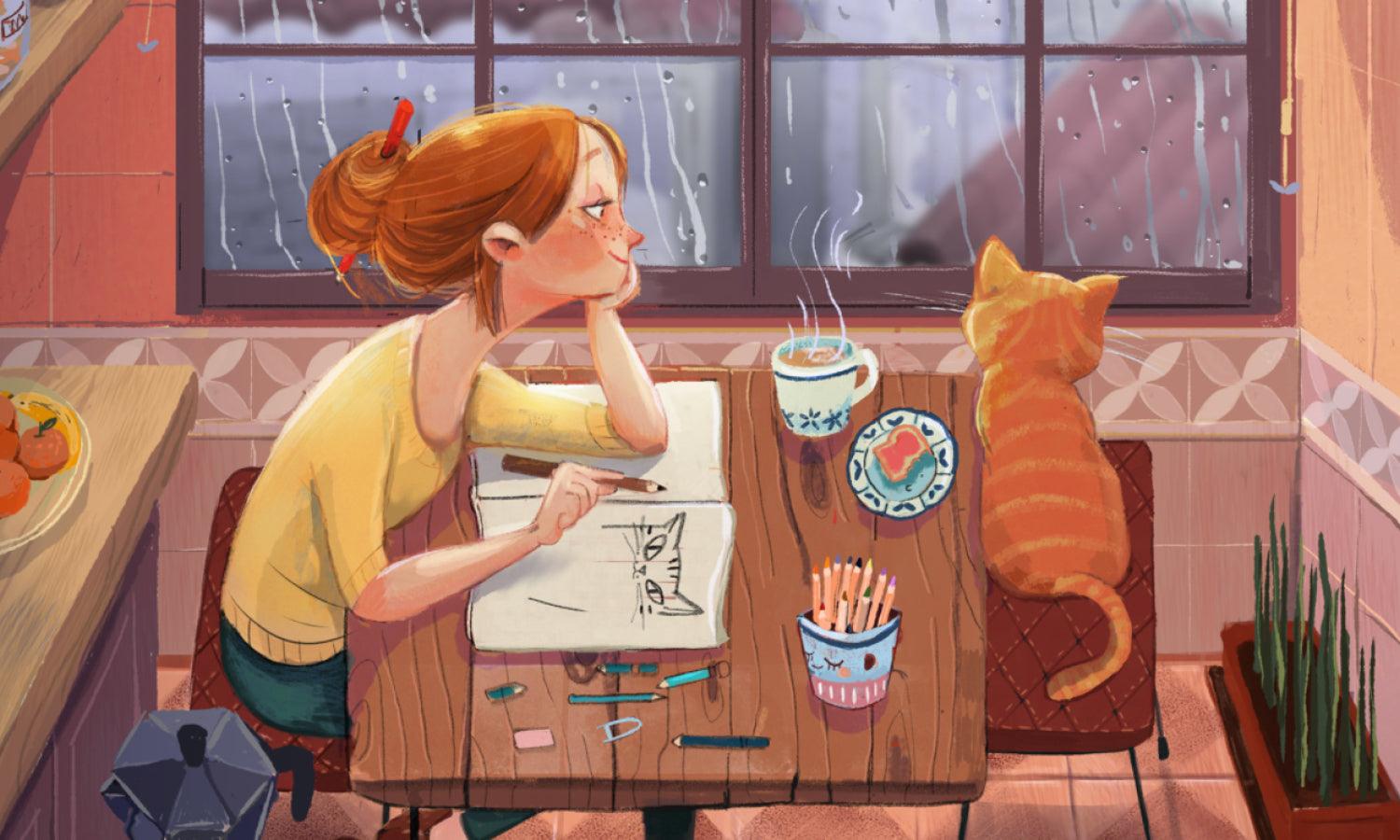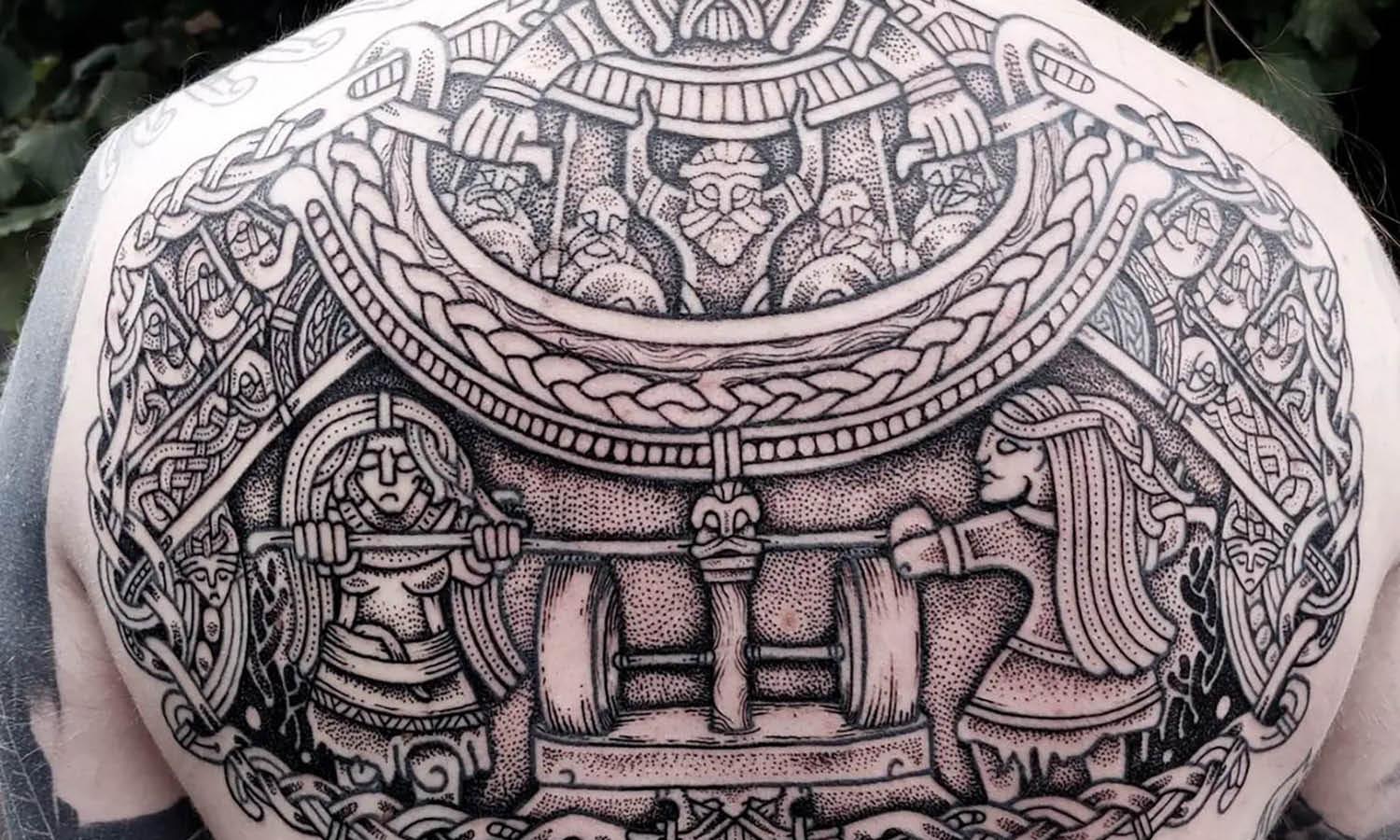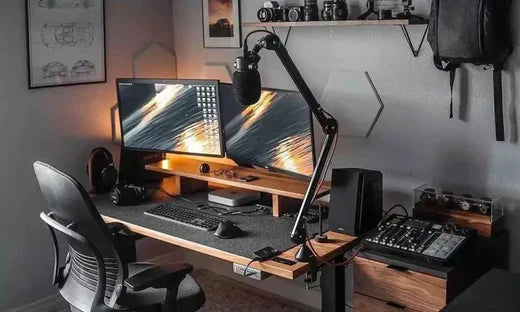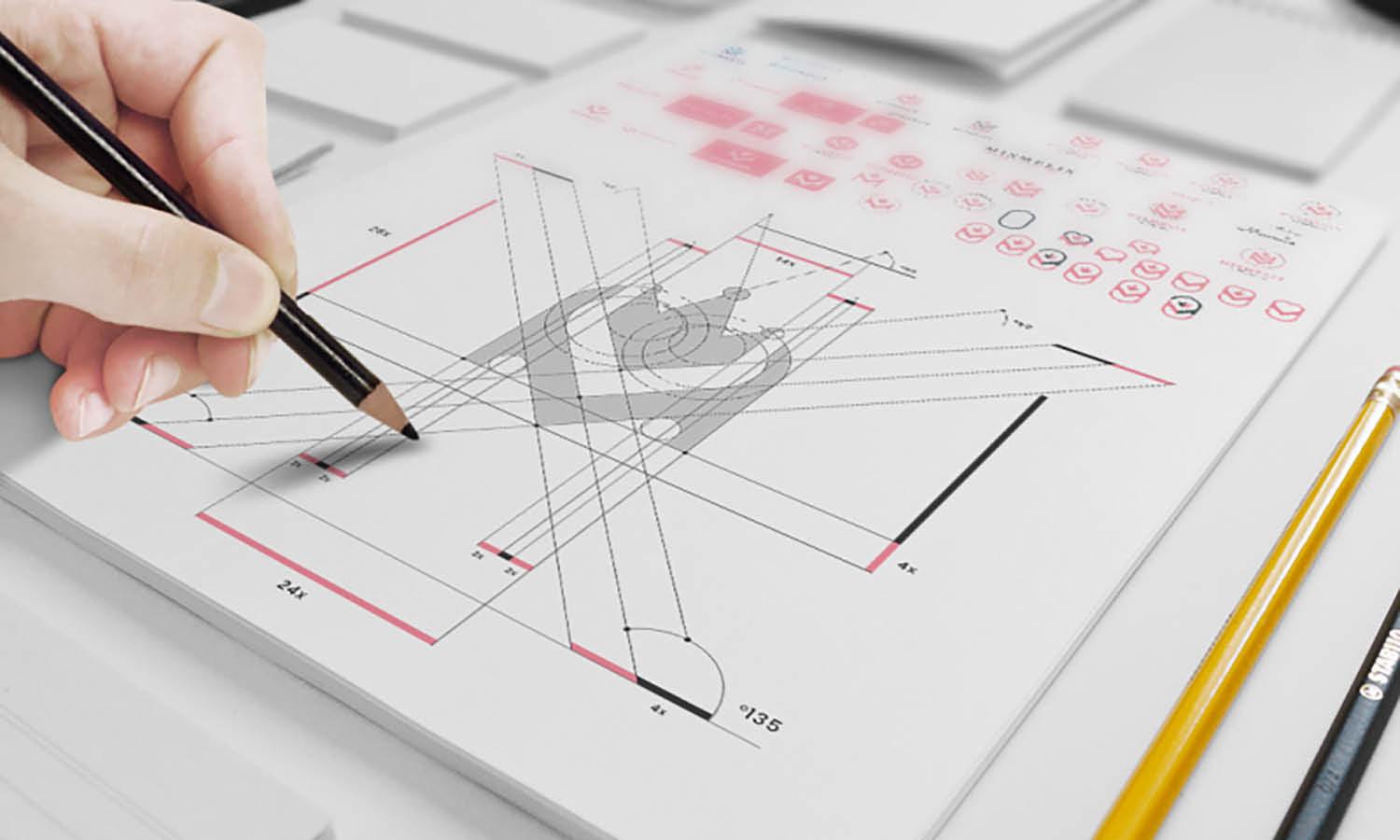Common Disabilities Caused by Accidents and How They Affect Daily Life

Have you ever thought about how quickly life can change after an accident? One minute, everything seems perfectly normal; you are driving to school, playing sports, or walking down the stairs, and the next, something unexpected happens.
Accidents can leave behind more than just a few bruises. Sometimes, they cause serious injuries that last a lifetime. These lasting problems are known as common disabilities that result from accidents.
For many people, these disabilities can change how they move, speak, or even think. Simple things like brushing your teeth, cooking dinner, or going out with friends can suddenly feel very different. But understanding what these disabilities are and how they affect daily life helps us become more caring and supportive toward others.
Here are some of the most common disabilities caused by accidents and how they can impact everyday living.
Spinal Cord Injuries
A spinal cord injury happens when the nerves in the spine are damaged. This can happen in car crashes, falls, or sports accidents. Depending on how bad the injury is, a person might lose feeling or movement in certain parts of their body. Some may need a wheelchair to get around.
In everyday life, people with spinal cord injuries often have to do things differently. Getting dressed, cooking, or driving may take more time or special tools. Many people also need help from family members or caregivers. With therapy and support, though, they can learn new ways to stay active and independent.
Traumatic Brain Injuries (TBI)
A traumatic brain injury happens when someone hits their head very hard—like during a car crash or a bad fall. Because the brain controls everything we do, a head injury can cause many challenges.
People with TBI might have trouble remembering things, paying attention, or speaking clearly. They may also feel tired, frustrated, or sad more easily than before. These changes can make school, work, or friendships harder to manage. Recovery takes time, but with patience and help from loved ones, many people improve over time.
Amputation
Sometimes an accident is so severe that a person loses a limb—like an arm, leg, hand, or foot. This is called an amputation. Losing a limb can make even simple daily tasks difficult.
Many people use artificial limbs, called prosthetics, to help them move, walk, or hold things again. It takes practice to learn how to use a prosthetic, and it can be both physically and emotionally tiring. Still, with determination and support, many amputees return to school, work, and hobbies they enjoy.
Vision and Hearing Loss
Accidents can also lead to vision or hearing loss. For example, a car crash could injure someone’s eyes, or a loud explosion might damage their hearing.
People with vision loss may use guide dogs, canes, or special devices that read text out loud. Those with hearing loss might use hearing aids or learn sign language to communicate. These tools help them live independently, though adjusting to these changes can take time and patience.
Psychological Disabilities
Not all disabilities can be seen. After a serious accident, some people develop emotional or mental health problems, like anxiety, depression, or post-traumatic stress disorder (PTSD).
Someone with PTSD might feel nervous, have nightmares, or avoid places that remind them of the accident. They might struggle to focus or feel safe. Talking with a therapist, joining support groups, and having a caring support system can help them heal over time.
Key Takeaways
- Accidents can cause long-term disabilities that affect movement, speech, memory, or emotions.
- Common disabilities from accidents include spinal cord injuries, brain injuries, amputations, vision or hearing loss, and emotional challenges.
- Daily life can change after an accident, but therapy, assistive tools, and strong support systems help people adapt.
- Emotional healing is just as important as physical recovery after a serious accident.
- Kindness and understanding make a big difference; everyone deserves respect and inclusion, no matter their ability.















